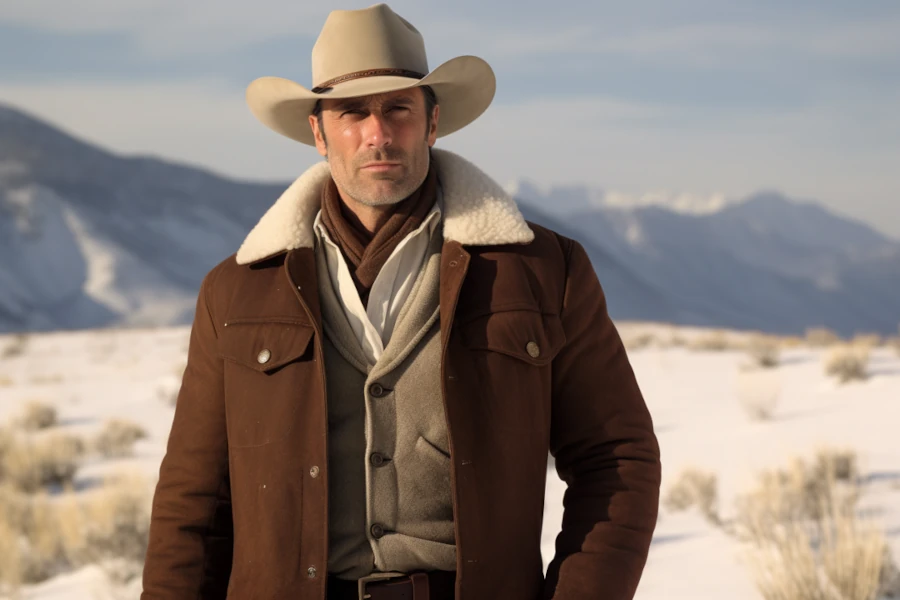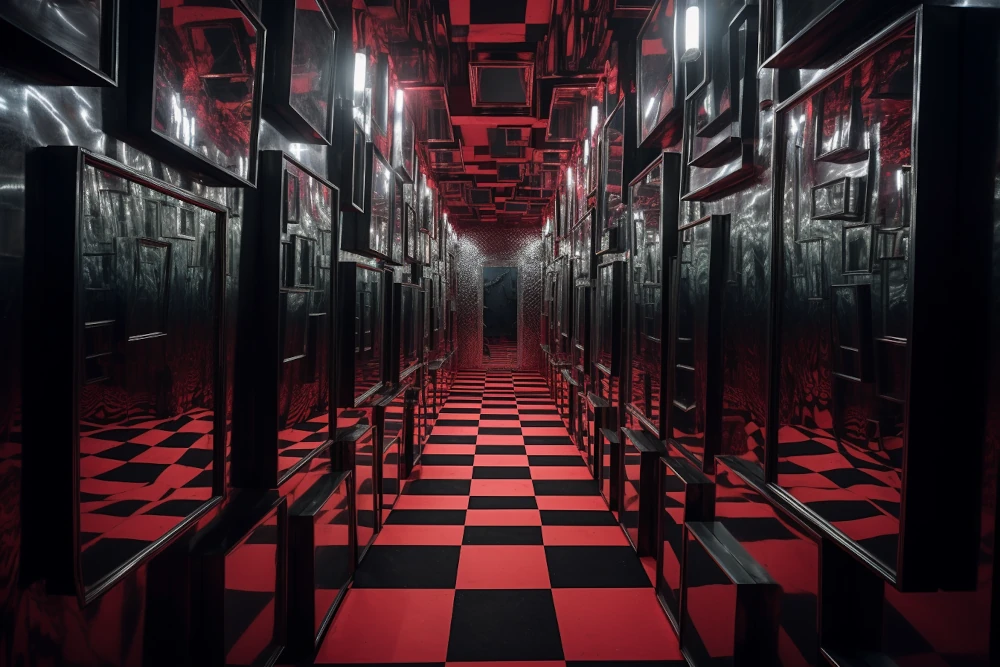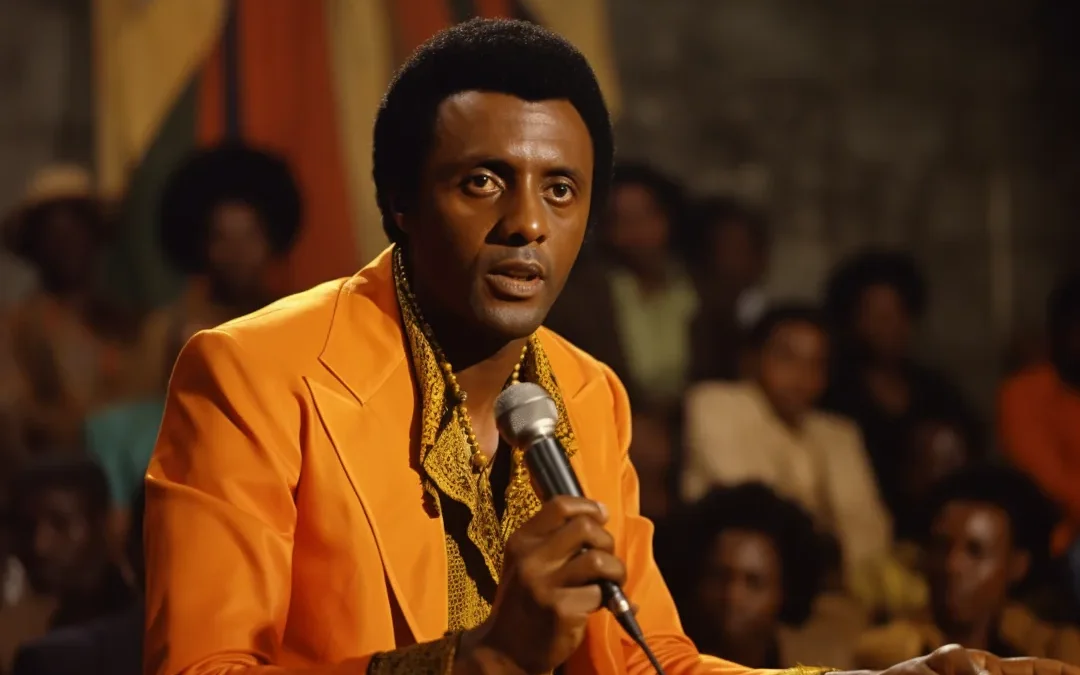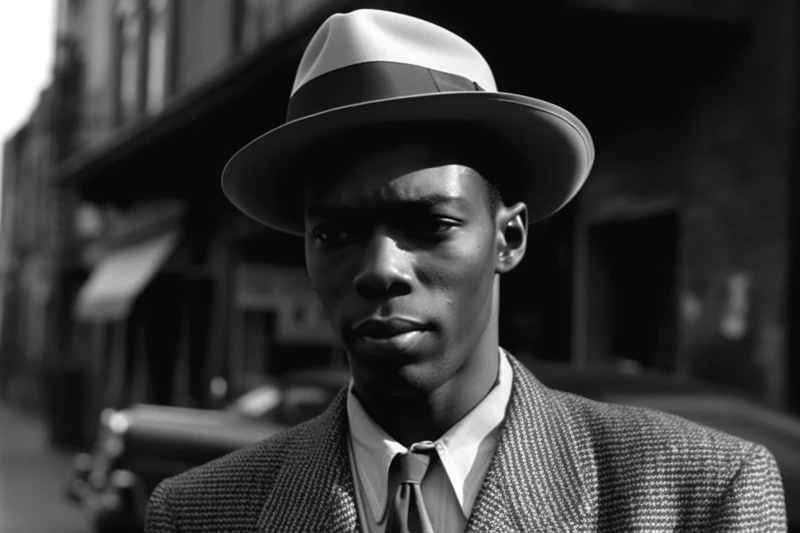- Fargo Season 1
- Fargo Season 2
- Fargo Season 3
- Fargo Season 4
- Fargo Season 5
For seasons 1 & 2 of Fargo, I pontificated about the artistic failings of those beautiful train wrecks. No more! But, for the sake of completeness, I need to write something about Fargo Season 3.
So far, season 3 is the worst. Perhaps, overly conscious about the poetic meaninglessness of the first two seasons, the writers this time decided to make a sharp satire attacking wealth. Their on-the-nose point is made explicit when our heroine cop, Gloria Burgle (Carrie Coon), asks an IRS agent if vulture capitalism is illegal. “No,” he answers, not unless they don’t pay their taxes.
Far from hammering home the clever point the writers thought they were making, all it did was underscore a giant plot hole. Why would vulture capitalists resort to murder, tax fraud, extortion, and any other crime they can cram into an hour long episode of Fargo when they could just do this stuff legally?
Our man in over his head this season, Emmit Stussy (Ewan McGregor), takes a shady loan only for the lender to refuse to be paid back. The lender, V.M. Varga (David Thewlis), insists that it was an investment regardless of what the legal documents actually said. Threats are implied if Stussy fails to play ball, and Varga’s violent nature is confirmed when he kills Stussy’s lawyer for poking around.
Complicating matters, Stussy feuds with his brother over inheritance. His parole officer brother, Ray (also played by McGregor), blackmails a parolee into stealing a valuable stamp from Emmit. The parolee turns out to be a comical screw up who goes to the wrong house and murders the stepfather of our heroine cop, Gloria Burgle.
The writers did a good job of creating a complicated mess with only one problem. None of it makes sense. Season 3 reminded me of The Crying of Lot 49. It’s a terrible book that just jumps from one nonsensical event to the other. Thomas Pynchon, the author, thought there was something profound about that. The writers of Fargo, season 3, seem to believe the same about this monstrosity they’ve created.
If you’re wondering about my choice for a featured image, just know that it’s what you get when you punch “plothole” into Midjourney. The rest of this article will be dedicated to listing the plot holes in Fargo, season 3, because any further analysis would be a waste of thought.
Plot holes and more plot holes
- Already mentioned: a vulture capitalist doesn’t need to commit crimes. They steal legally. Just ask Mitt Romney.
- Same goes for loans from non-banks. Whether it was a subordinated debt or mezzanine capital, these loans are pretty much legal loan-sharking. Again, no need to do weird, illegal things.
- Varga appears to already be wealthy. He’s wealthy enough to loan a million dollars, hire a crew of heavily armed and highly trained enforcers/hitmen, has contacts embedded in the U.S. government, employs hackers and financial gurus able to fool the IRS, and yet still feels the need to expose himself to the liability of being personally involved in committing crimes that would land a life sentence. Has he not heard of plausible deniability?
- Stussy and his partner, Sy Feltz (Michael Stuhlbarg), immediately fold to Varga’s demands. Wealthy men are not so easily intimidated. They view institutions such as law enforcement as their allies. They would have immediately gone to the FBI and Varga would have been arrested within a week.
- Despite masterminding a slick international business venture and hording hundreds of millions of dollars, Varga’s financial crimes are all left on a bunch of unencrypted hard drives with no backups.
- The unreasonable cop boss from season 1 is back in a different form. He thwarts our heroine’s desire to do police work at every turn because…the plot demands it? In season 1 the unreasonable cop boss did this because he was stupid, in season 3 he’s hostile but it never really explains why. He just seems to be against his police officers doing police work, even when there’s nothing else to do. They at least tried to make some weak excuses for this illogical behavior in season 1. Here they don’t even try.
- Following the logic of Steven Segal films, characters get severely injured only to be running around just fine within a couple of days. Nikki Swango (Mary Elizabeth Winstead) gets beaten to a pulp, survives a horrific bus crash, and gets shot by an arrow only to be walking around healthy as a horse. In the next episode the IRS agent tries to give some timeline to convince the audience that these events have taken place over a longer period than we realized—it’s a pretty weak attempt to gloss over the obvious mistake they made.
- Burgle goes to evil L.A. to investigate the death of her stepfather (her unreasonable boss yells at her for it). It turns out he was secretly a sci-fi author and screenwriter years earlier and we follow his story in flashbacks. They take place in 1975, and he appears to be around 25-30 years old. Other characters refer to him as “kid.” The stepfather died in 2010 at the age of 82. I’ll let you do the math.
- Ray makes a sex tape with Nikki and wears a wig to make him look like Emmit. The wig isn’t particularly convincing. Both characters are played by McGregor despite the fact that they are not twins. The tape is supposed to be for blackmail but Emmit’s wife sees it before the blackmail can occur. She knows that Emmit has a troubled relationship with a brother who looks pretty much just like him but this never seems to occur to her.
- Emmit’s car breaks down for an important plot confrontation in the middle of the road. When the encounter is over, he hops in the car and it starts up no problem.
- Gloria’s unreasonable boss is the sheriff, so he answers to the voters. This means that Gloria could have used the press to pressure him. It also means she could have threatened to run against him. At the very least, it would have made his management style of, “we don’t investigate crime in this here department!” a sure-fire route to a single term.
Two things Fargo season 3 almost did well
Season 3 attempted to move away from the caricatures of previous seasons and make real characters and it almost worked. Almost.
- Varga has bulimia. This appears to be a metaphor for his grotesque form of capitalism, which he explains in very on-the-nose dialogue. Beyond watching him gorge himself and then expel the food into the toilet, we do not get any more depth with Varga. We can assume he acts in a similar manner with capital, rotting away because he consumes more than he can reasonably digest, but Varga doesn’t spend his money. He wears cheap clothes and does not care for fine things. Wouldn’t spending be the appropriate metaphor for expelling money? Perhaps they mean what he does with companies—taking on massive debt, extracting as much cash as possible, and then tanking the company. But that doesn’t really make sense, either, because he still benefits from the process. The bulimia thing gets confused regarding the tenor for this vehicle.
- Gloria Burgle can’t trigger doors that open automatically or faucets or other such things. In a moment of on-the-nose exposition, she wonders whether she exists. She also compares herself to a useless robot from her stepfather’s sci-fi tale that can only say, “I can help.” This is all in the same discussion. She clearly has her unreasonable boss in mind, but his cartoonish unreasonableness makes her complaints ring hollow. I thought the door trigger thing was actually a neat idea. Unfortunately, Fargo seems to have no faith in its audience. Instead of giving us something to think about, Gloria has to directly tell the audience what it means. Her sense of uselessness is similar to the unhelpful robot. But because her boss is so absurdly unreasonable, an interesting metaphor that could reflect a feeling many females in male-dominated fields must feel, it instead feels trite.
I was told season 4 is the best. I don’t see how it can get much worse than season 3.








